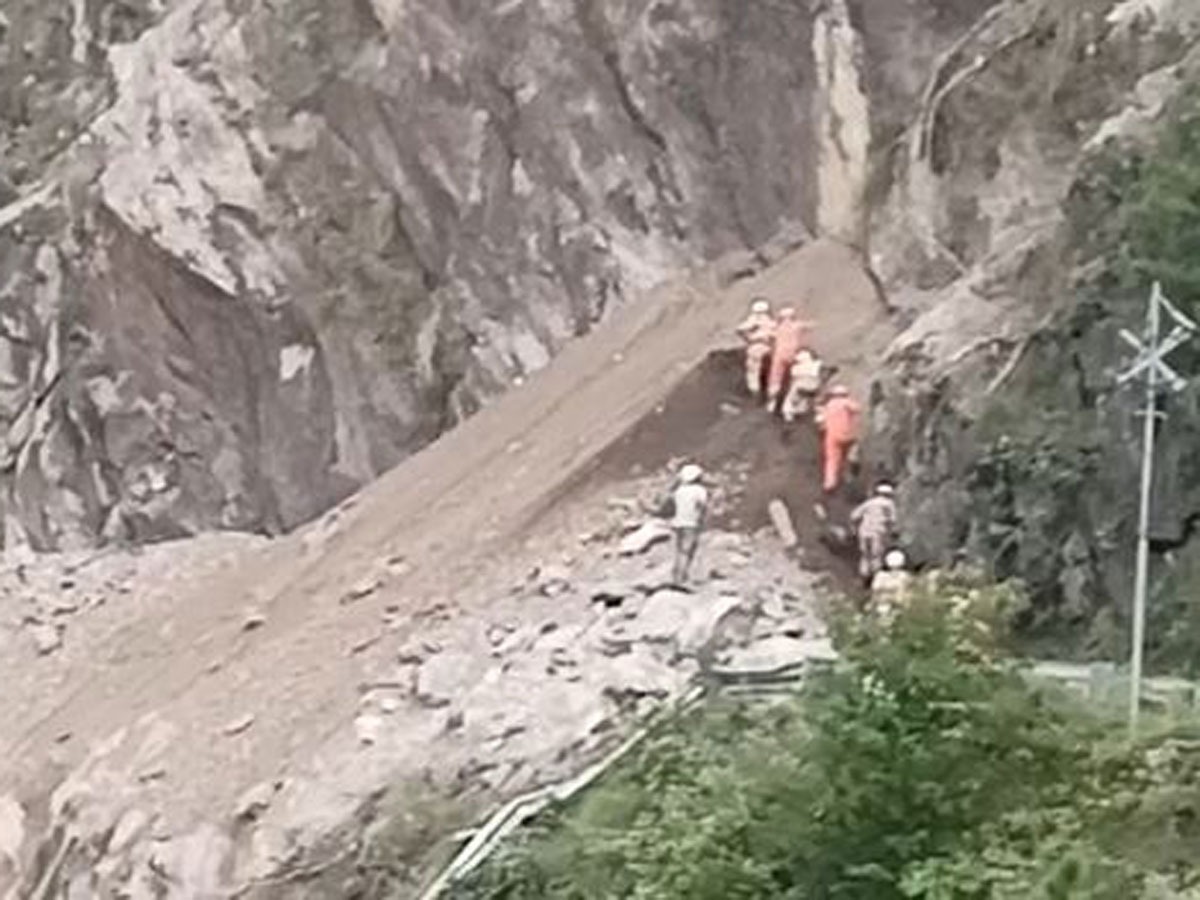Save Himachal from manmade disasters & Government disdain for Environment
MyView
Kinnaur Landslide
The Kinnaur landslide has been one in many to hit the fragile mountain state of Himachal this season. Monsoon landslips are common to people who live here. They deal with it in their own way. They don’t travel to risky locations much or they don’t travel at all when it is raining or for some hours after it stops. The big boulders – and they are deadly gigantic – have been rolling down these mountain ranges all of the delayed monsoon season this year.
But the landslips have seldom been as big and destructive as they show up in climate disaster movies stitched up by Hollywood – except for this year.
First there was a flash flood in McLeodganj of Kangra District and then one big rumbler which came down the heights like apocalypse, even bringing down the sturdy bridge across the mighty Sutlej, along with many villages in its path.
Kinnaur landslide pic.twitter.com/iotJbHmu0T
— meenakshi (@bmeenakshirao) August 11, 2021
Kinnaur had hardly recovered from the earlier one when the district was struck with a bigger, greater and more fatal one today. No less then 40 persons are feared killed, buried as they are under the unmovable rubble. Forty is a large number and even the people of the area who live alongside natural furies like a destructive Sutlej in spate, avalanches and more such, have been cowering at the volatile nature of the roll downs that have been happening this year.
We all know this is a fragile mountain range but it has held its own till now despite being desecrated by the myriad hydel projects allowed by the Himachal Government in its bid to garner electricity and money from its rich water resources.
Small hydel projects dot the entire Kinnaur region with at least one every few km playing havoc with the ecosystem by cutting vegetation and scarring these proud mountains to make way for their ventures.
If you were to travel from Rampur upwards into Kinnaur, you will be shocked at how nude these mountains have become and how many hydel projects are raising never-before dust in this ecologically weak area, an area that should have been nationally protected from any disruptive activity.
The tunnel through the Rohtang Pass may have made travel life easy for many and is, indeed, a feather in the cap of the engineers who pulled it through so many kilometres despite the brittle terrain that may have led to a catastrophic end to the region. The mountains survived all that drilling in their belly but, in the bargain, have become more susceptible to natural disasters.
The development debate has always raised the issue of the sanctity of building dams in fragile regions where changing the course of a fast flowing river can result in unbelievable human tragedy (Tehri has been a living example). Yet, it gets reduced to rich vs poor nations debate and the real picture of comprehensive destruction is never taken into account at the political level. Activism in the environmental sphere seldom brings the Government to its knees or compels change of policy.
Himachal is a peaceful, serene State that can do wonders to its economy with sustainable tourism. But look at Shimla, it is falling off from its edges and has been a ticking bomb for a tragedy with 10 on the Richter written all over it. The urban expansion has happened without much care or norms around the usage of these mountains.
The other earner for Himachal could be Agriculture but thanks to mass urban migration and the complete neglect of Agriculture by an industry-obsessed Government, thousands of kilometres of cultivable land has turned banjar. Village after village in Kangra District, for example, survives on the PDS system and Army pensions with the youngster all gone out as waiters or drivers to megapolises rather than till their land.
Mountain agriculture is dying, if not already dead and what’s shocking is that no one is bothered about this gradual descent. So much has happened to the soil here that villagers complain of their pulses crops, for instance, not getting a single pulse in the plant’s cusp. The crop grows but there is no harvest because the dal grains just do not fructify. All that is left to be done is to cut the crop as cattle fodder!
Someone, somewhere should take note and act or the disaster will take away this hill State from the grasp of humanity all together.

